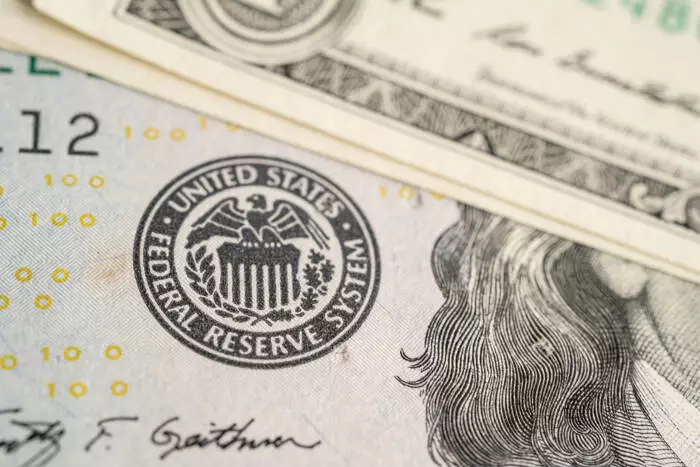The movements of major currencies, particularly the US Dollar (USD), are intricately linked to the prevailing economic conditions and central bank decisions. As we stand on the brink of significant decisions from both the Bank of England (BoE) and the Bank of Japan (BoJ), financial markets are affirmingly tuned in to any updates that could direct the course of currencies and interest rates. In the case of the USD, its trajectory will be heavily influenced by updated economic projections and the contextual language used in Federal Reserve Chair Jerome Powell’s upcoming press conference.
The BoE appears set to maintain its Bank Rate at 5.0%, adhering to a cautious economic approach post a recent 25 basis point rate cut in August. Governor Andrew Bailey has signaled the necessity for vigilance regarding inflation, ensuring that any actions taken do not destabilize the economy. He reiterated these sentiments at the Jackson Hole Economic Symposium, highlighting a dual focus on fostering economic growth while curtailing inflation rates. Markets are predicting two back-to-back 25 basis point cuts in their upcoming meetings in November and December, easing up an environment that has thus far shown a moderate inflation rise—evident in the July Consumer Price Index (CPI) figures which saw inflation inch up to 2.2% year-over-year.
Analysts are eagerly awaiting the upcoming August CPI report, which is expected to unveil whether inflation continues along its current path or shifts direction. The projection lays a weighted expectation that headline inflation will remain stable at around 2.2%, whereas core inflation rates may tick upwards. Despite recent economic growth reporting a modest 0.5% increase, the overall sentiment from last month’s data points to a European economy grappling with stagnation in some sectors. Particularly, production and construction sectors showed declines, causing financial analysts to reassess growth forecasts.
The labour market’s health has an undeniable correlation with the broader economic landscape, and this month’s employment statistics have painted a somewhat mixed picture. Unemployment dipped to 4.1%, accompanied by a sharp increase in employment figures—265,000 jobs were added in July compared to just 97,000 in June. However, wage growth has begun to cool, with regular pay growth moderating to 5.1% from 5.4%. This presents a complex portrait; while employment numbers are positive, stagnating wage growth may signal potential issues lurking beneath the surface of the economy.
Such scenarios are critical as they influence central bank policies directly and add layers of complexity to upcoming monetary policy decisions.
In Japan, the BoJ is also expected to hold its policy rate steady at 0.25%, following a slight hike last month. Despite this cautious approach, signals from the BoJ about future monetary policy adjustments have arisen, laying down a path to potential rate hikes in the near term. Market analysts are anticipating the possibility of a 9 basis point increase by the end of the year, an indication of modest tightening in response to a shifting economic environment.
Fitch Ratings have noted the BoJ’s divergence from global finance trends typically leaning towards easing, emphasizing the bank’s commitment to bolstering inflation goals. Their forecasts suggest a gradual increase in rates, extending from 0.5% by year-end 2024 to a projected 1.0% in 2026. This showcases a growing conviction within the BoJ regarding sustainable economic recovery, positioning itself against robust global market movements.
As we approach these decisive meetings, the global financial context reveals more than just localized concerns in the UK or Japan. The interplay of decisions made by the BoE and BoJ could significantly affect international markets and currency pair dynamics, particularly against the almighty USD. Should comments from Powell indicate a softening monetary attitude, it could add volatility to the USD, while any signals from the BoE or BoJ of unexpected policy shifts could lead to dramatic currency revaluations.
Investors are keenly observing how these monetary policies unfold, as each central bank navigates the delicate balance of stimulating growth without reigniting inflation. As such, the outcomes of these meetings will not only shape individual nations’ economic trajectories but also have ripple effects on global finance. Therefore, a holistic understanding of these movements will be crucial for participants in the financial markets as they prepare for potential fluctuations in currency values and investment strategies in the coming months.

